Purchase Considerations of Kiosks in Retail
1. Functionality: Determine the primary functions the kiosk needs to perform, such as product sales, order pickup, ticketing, or information dissemination.
2. Durability: Assess the durability requirements, especially if the kiosk will be used outdoors. Ensure materials are weather-resistant and robust.
3. Security: Evaluate security features including data encryption, secure locks, and optional surveillance cameras to protect against theft and vandalism.
4. User Interface: Consider the design and intuitiveness of the user interface to ensure a seamless customer experience.
5. Integration: Ensure the kiosk can integrate with existing systems such as inventory management, CRM, and payment processing software.
6. Support and Maintenance: Look for vendors who provide comprehensive support and maintenance services to keep the kiosks operational.
How to Custom Kiosks in Retail from Us
1. Consultation and Requirements Analysis: Contact us for an initial consultation. We’ll discuss your specific needs, including the desired functionality, target environment, and branding requirements.
2. Design Proposal: Based on your requirements, we’ll create a detailed design proposal. This includes hardware specifications, software features, and customization options.
3. Customization Options: Choose from a range of customization options such as screen sizes, enclosure materials, color schemes, logos, and additional hardware components like payment systems, barcode scanners, and receipt printers.
4. Approval and Agreement: Review the design proposal and make any necessary adjustments. Once finalized, we’ll proceed with a formal agreement outlining the project scope, costs, and timelines.
5. Production and Assembly: Our team will manufacture and assemble the customized kiosks, ensuring they meet the agreed specifications and quality standards.
6. Installation and Training: We’ll deliver and install the kiosks at your location. Our team will also provide training to your staff on how to operate and maintain the kiosks.
7. Ongoing Support: After installation, we offer ongoing support and maintenance services, including software updates, remote monitoring, and troubleshooting to ensure your kiosks remain functional and efficient.
By following these steps, you can ensure that your retail kiosks are tailored to meet your specific needs, providing an optimal user experience and supporting your business objectives.

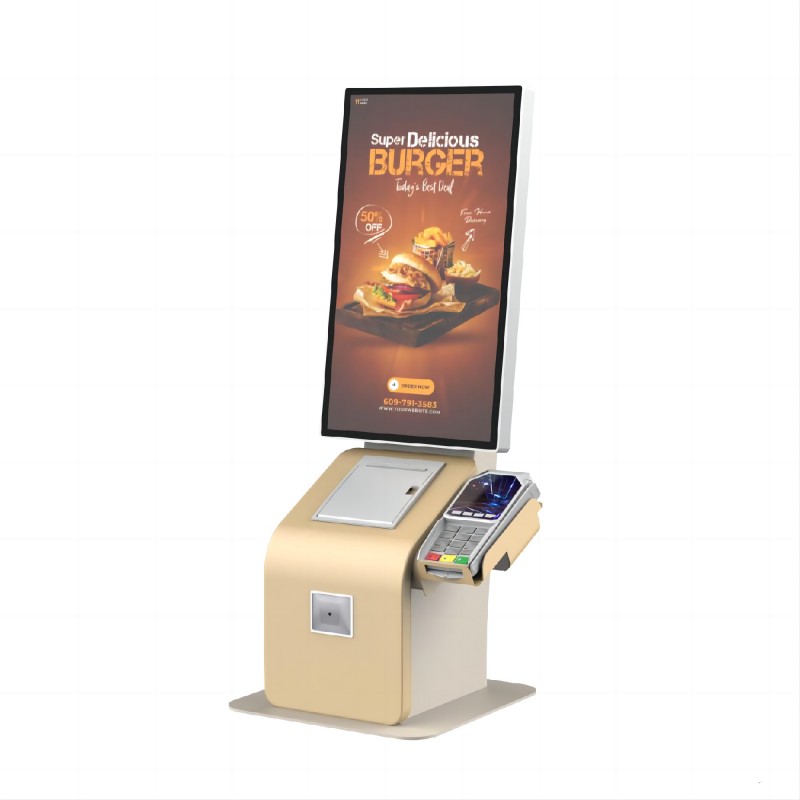
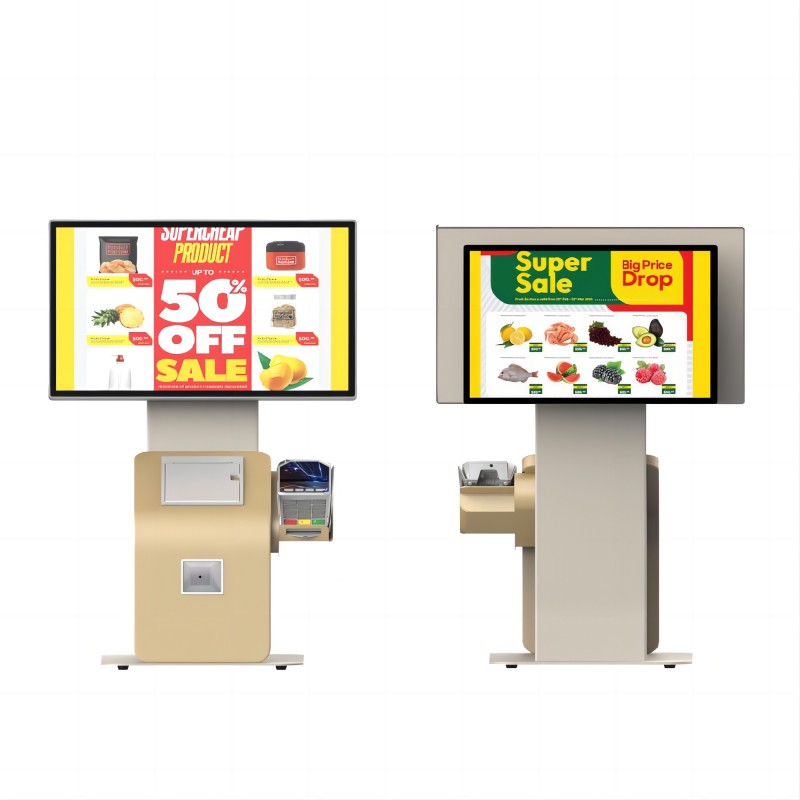
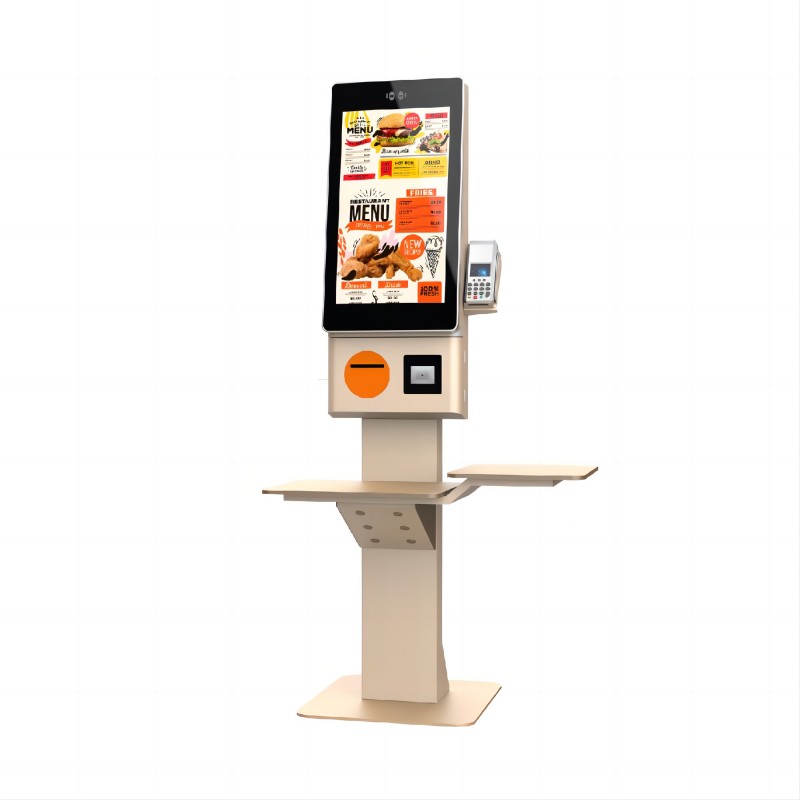
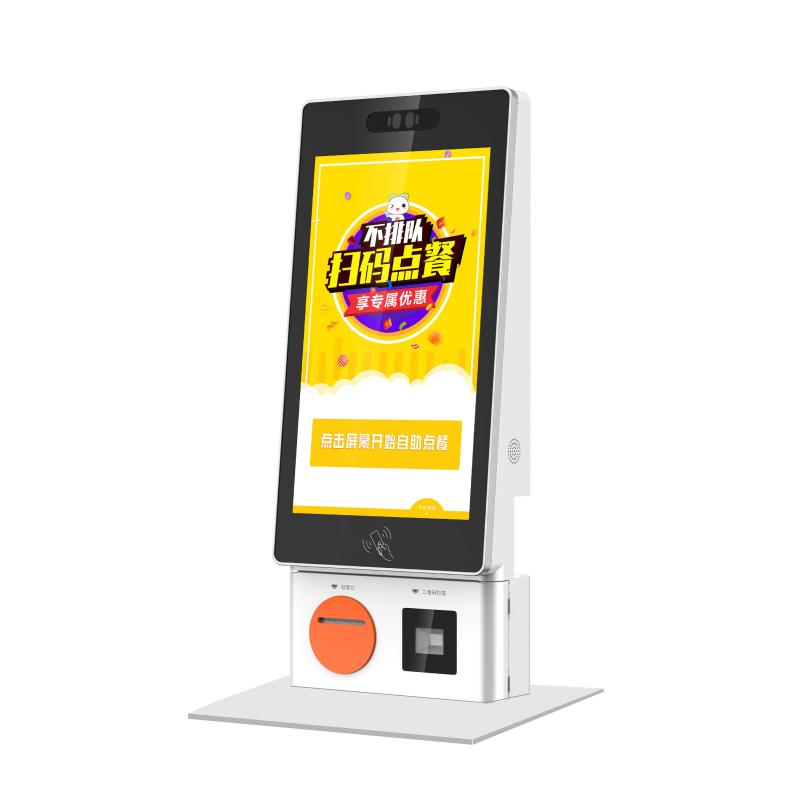
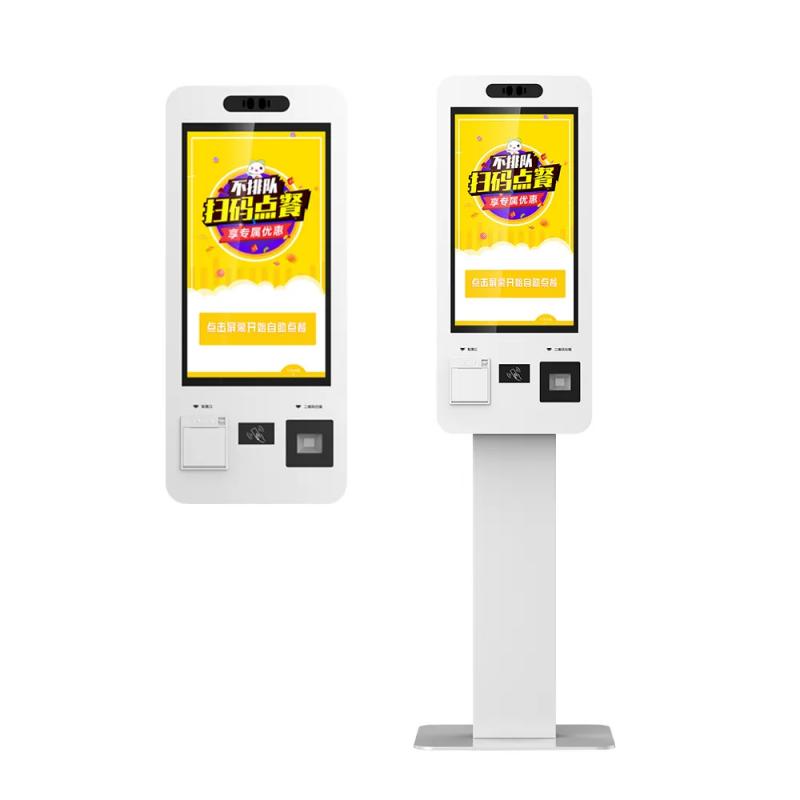


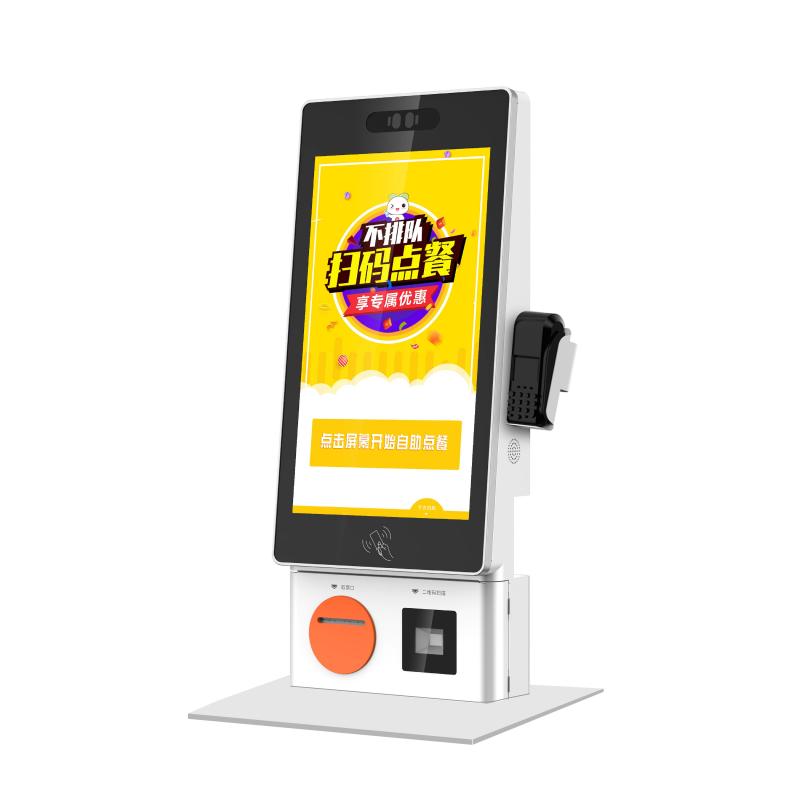
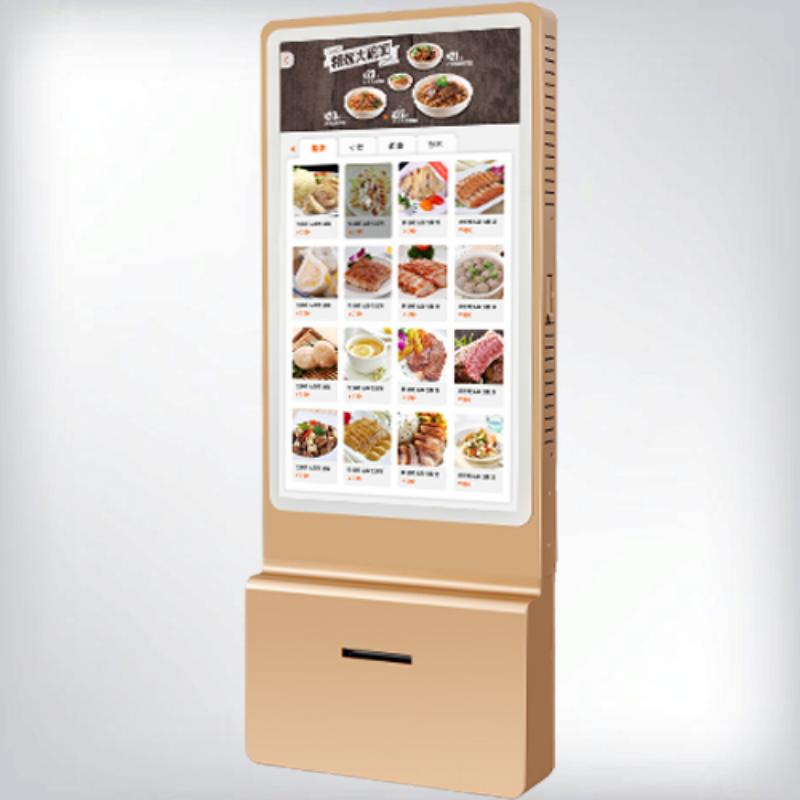
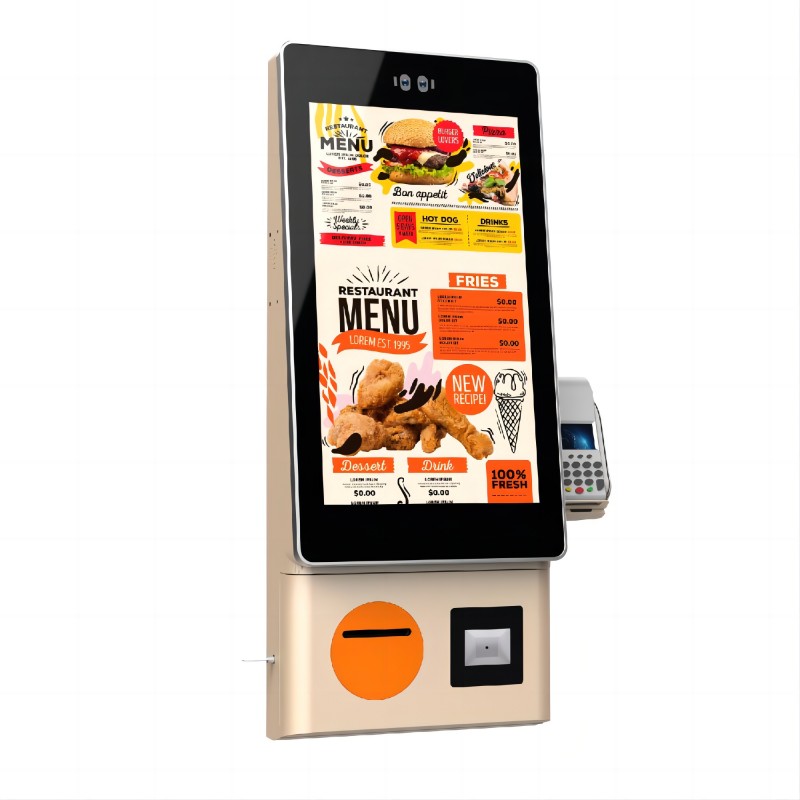


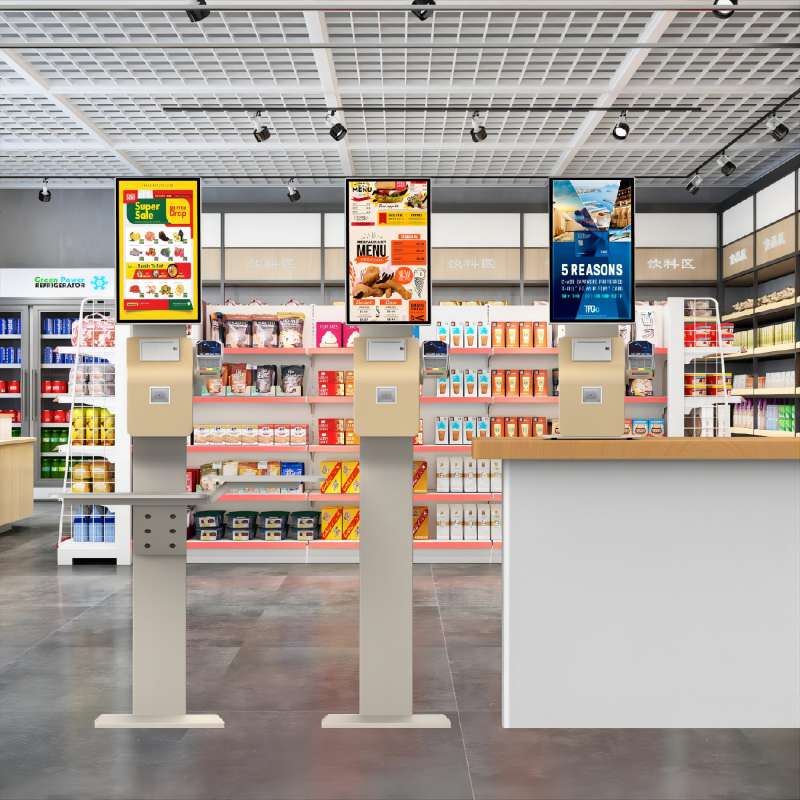
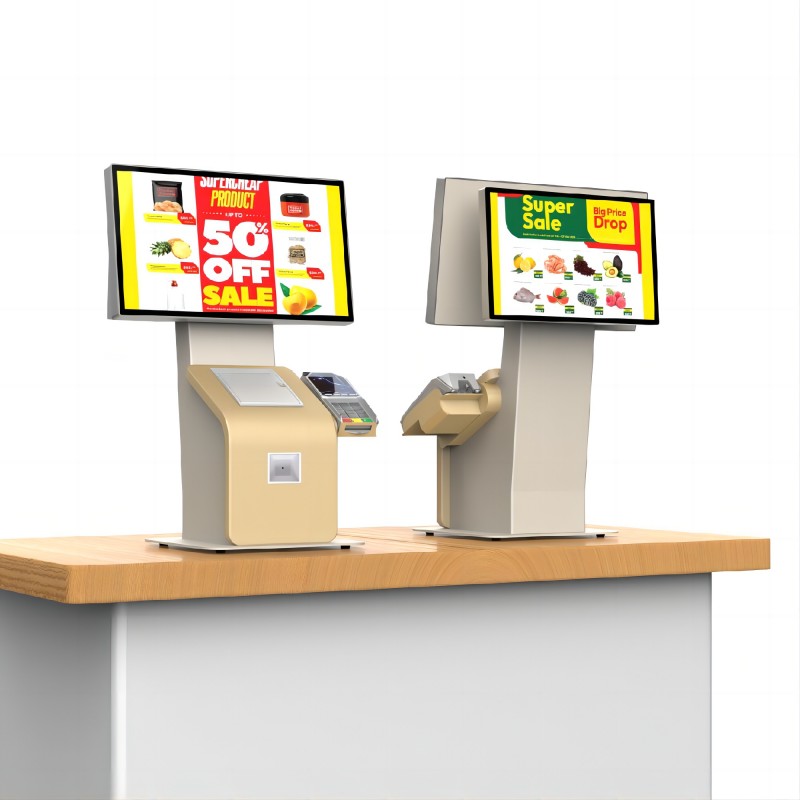
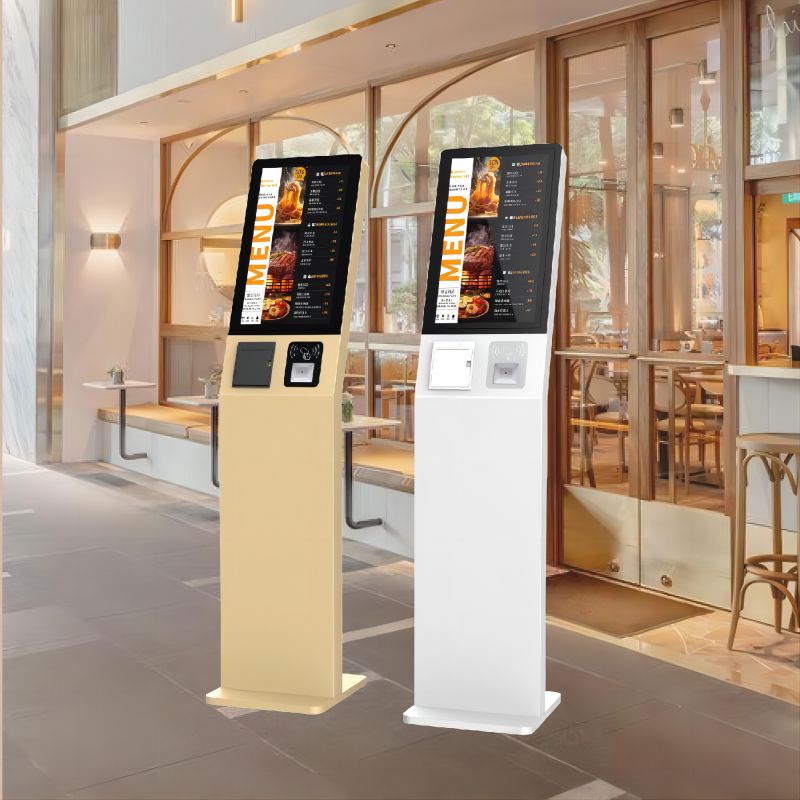
What did our happy clients say?
Our new kiosks in retail have transformed our customer experience. They're sleek, user-friendly, and reliable. Installation was quick, and the support team has been incredibly helpful. Highly recommended!
The kiosks in retail have significantly reduced our checkout lines and improved customer satisfaction. Their robust design and intuitive interface are perfect for our high-traffic store. Fantastic investment!
We customized our kiosks in retail to match our brand perfectly, and they look great in our stores. The entire process from design to installation was smooth, and the kiosks are performing flawlessly.
These kiosks in retail have boosted our sales and efficiency. Customers love the convenience, and we appreciate the low maintenance. The support and training provided were excellent. Great addition to our business!